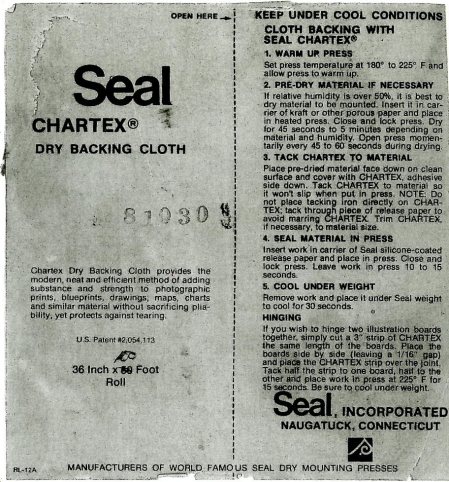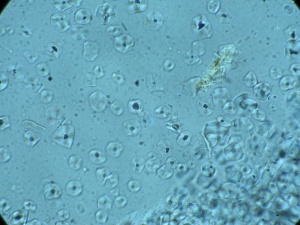One of the things I noticed, while at the Cincinnati Art Museum, is that for vast majority of those posters lined with Chartex, the support was still in really good condition. Granted, many of the posters were grimy or slightly darkened/yellowed by time – shop that morning. There was a small group of posters in the Cincinnati collection that had been bound as part of a sample book (by the Strobridge Litho Co.) – they were all lined with a wheat-starch paste and cotton/linen lining. The support on those posters were yellowed, much darker and more brittle than the Chartex-lined posters. And they weren’t necessarily any older than the Chartex posters – in fact, I do recall seeing examples of the same poster in both the sample book group and also lined with Chartex.
From Neil Cockerline’s article:
Even though circus posters were produced by the thousands very cheaply, the materials utilized in their production were of higher quality than one might expect. Read the rest of this entry »







